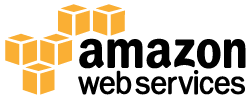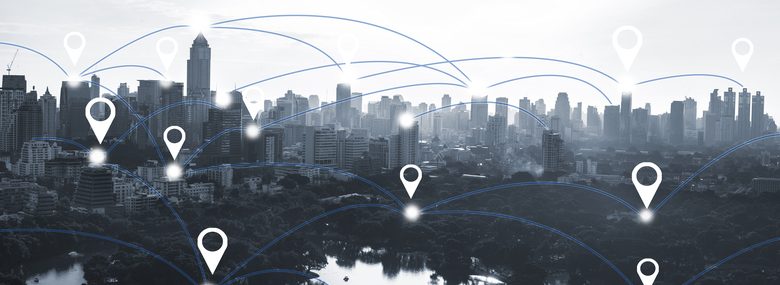This blog post is an excerpt from GovLoop’s research guide, “Fostering True Collaboration in Government.”
Governments face unique challenges in accomplishing complex missions – often with limited resources. That means that when it comes to tackling such missions, there are very few agencies in the public sector that can act alone.
“Collaboration is core to governing,” said Jed Sundwall, Global Open Data Lead of Amazon Web Services (AWS). “I can’t think of a single agency that doesn’t have to collaborate with external stakeholders, whether those are other agencies, non-profits or some other organization.”
In an interview with GovLoop, Sundwall shared why collaboration is important to government and what challenges agencies face in facilitating collaboration. He also addressed how agencies can remove data silos to improve their collaboration processes.
One of the most important types of collaboration for government is information sharing. It can help agencies save costs and increase efficiencies. But information sharing can only be achieved by removing data silos. Data silos tend to be the norm in government and are fixed data that remains under the control of one department or agency and is isolated from other agencies and departments.
However, there can a steep price to pay for agencies who maintain these data silos. Sundwall calls it “the cost of knowledge” – the time and effort it takes someone to access needed information.
For example, if a city water department decides to start digging up the streets and replace pipelines a week after the street is paved, there’s a clear lack of communication between various agencies and departments. Not only did these entities fail to collaborate and share information, they also wasted time, money and labor.
Instead, fostering collaboration through information sharing and the removal of data silos enables a smarter, faster and more insightful government. This type of collaboration can best be fostered through inter-agency data sharing, which enables government to use resources more effectively and develop new programs and services based on insights gleaned from collaboration. Secondly, collaboration can be fostered through open data, where agencies make data sets available to constituents and external stakeholders. Lastly, cloud technology enables data to be easily stored and accessible.
One example of how inter-agency data sharing and open data can help reduce the cost of knowledge is the city of Philadelphia’s open data program. They open sourced their data pipeline software and have provided documentation on how they run their data pipeline on AWS. “They’ve taken advantage of the fact that AWS allows you to share infrastructure as code,” Sundwall explained. “You can get a script that will set up all the components you need to run your agency program’s code exactly how Philadelphia manages theirs.”
By opening up their data program, Philadelphia allowed other cities to enjoy the benefits and cost savings. Using Philadelphia’s open source code, San Diego was able to deploy a new version of the open data portal, DataSD. They didn’t have to pay any additional costs for labor or time to develop new codes for their portal. Now, residents on the West coast city can have access to data about city operations including public safety, street repairs, public facilities, code enforcement and business licensing.
In addition to open data portals, cloud is enabling agencies at the local, state and federal level to harness all the benefits of collaboration. The National Oceanic and Atmospheric Administration (NOAA) used Amazon’s cloud platform to enable them to share more important data with the public. The agency saw a 130 percent increase in use of their data after putting it on the cloud. Now, the public can access real-time and archival weather radar data as an AWS public dataset.
AWS can help agencies get started with their collaborative open data and cloud services with their comprehensive tool kit for sharing and analyzing data at any scale. Additionally, internal employees, other stakeholders and the public can quickly and easily analyze important information with scalable computing and analytics services.
Collaboration fueled by information sharing and the removal of data silos is helping agencies make their data more open and accessible for internal and external stakeholders alike. Strategies and tools like inter-agency data sharing, open data and cloud are enabling better information sharing and collaborative processes. By removing data silos and fostering collaboration, government can fuel entrepreneurship, accelerate scientific discovery and, most importantly, be more transparent to the public.






Leave a Reply
You must be logged in to post a comment.